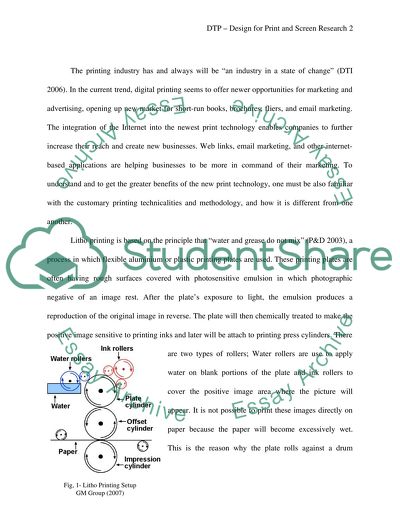Cite this document
(“Print Technology Essay Example | Topics and Well Written Essays - 2000 words”, n.d.)
Print Technology Essay Example | Topics and Well Written Essays - 2000 words. Retrieved from https://studentshare.org/technology/1509974-print-technology
Print Technology Essay Example | Topics and Well Written Essays - 2000 words. Retrieved from https://studentshare.org/technology/1509974-print-technology
(Print Technology Essay Example | Topics and Well Written Essays - 2000 Words)
Print Technology Essay Example | Topics and Well Written Essays - 2000 Words. https://studentshare.org/technology/1509974-print-technology.
Print Technology Essay Example | Topics and Well Written Essays - 2000 Words. https://studentshare.org/technology/1509974-print-technology.
“Print Technology Essay Example | Topics and Well Written Essays - 2000 Words”, n.d. https://studentshare.org/technology/1509974-print-technology.


